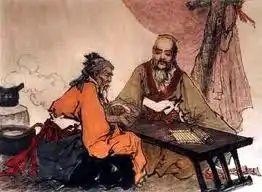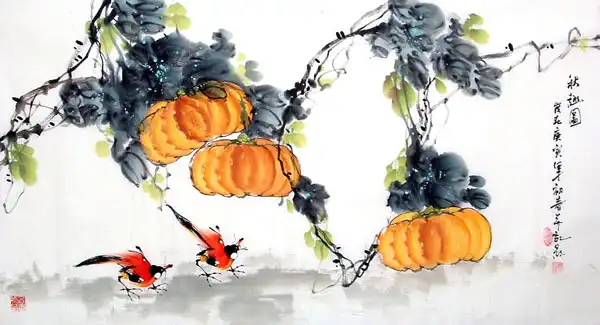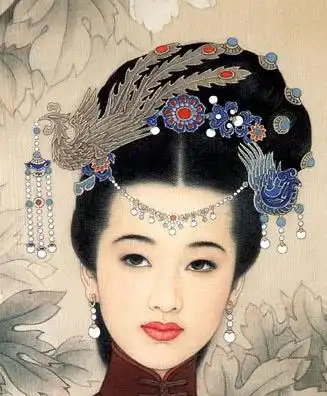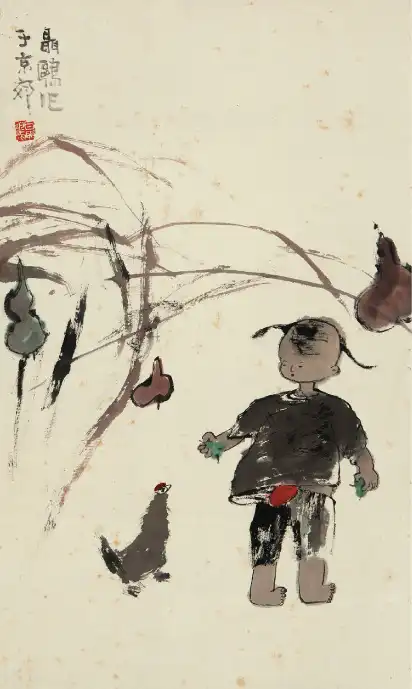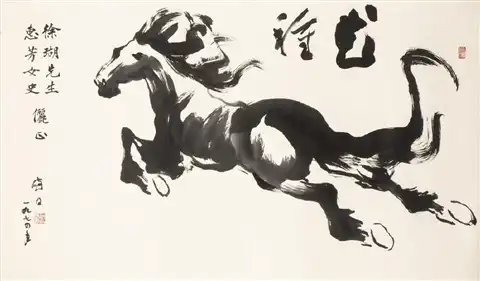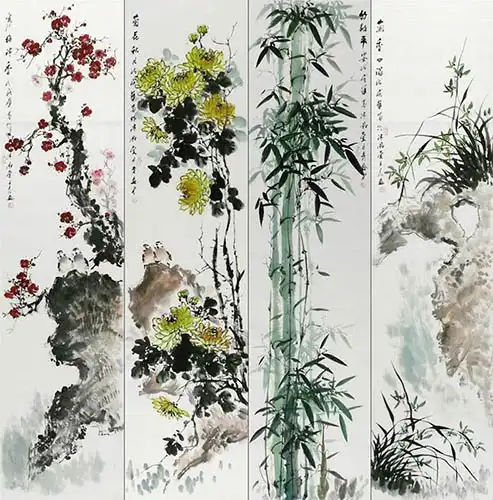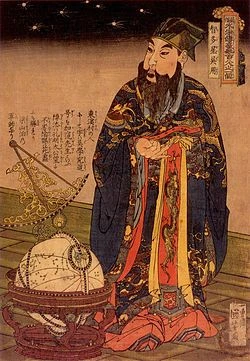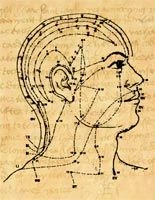According to traditional Chinese medicine all herbs, foods and spices have their own unique temperature. They are either cold, cool, neutral, warm or hot. Cold and cool herbs are used to cool “hot diseases”, warm or hot herbs are used to warm “cold diseases” (1).
Not only does one single herb have its own unique temperature but the herb’s constituents have their own unique temperature as well. While in European herbology one plant is considered to be one herb, in Chinese medicine the root, the stem, the leafs, the flower, and the seeds of one plant are all considered different herbs, as they all have different properties, thus different temperature.

The root of the plant, for example, holds in itself the entire energy potential of the plant therefore has hot temperature. Whenever there is energy there is warmth or heat, thus the root, which owns a lot of energy is "warm" or “hot”. The seeds of the plant are also mostly warm or hot as they are the source of the plants reproduction (therefore also own energy). On the other hand most leafs are rather cool or cold, as they do not own that much energy. As a matter of fact most substances in nature that have green or blue color have cool or cold temperature.
Following the same logic minerals (which are largely used in TCM) are very cold in nature as they are non-living substances and do not possess any energy. The flora living in the seas and oceans is also mostly cool or cold, as water itself is cold (does not possess energy). Water remains cold whether we drink it heated in the form of a tea, or icy cold straight from the refrigerator. Therefore the rule “2-3 liters water per day” does not apply for everyone particularly for people with Chinese medicine diagnosis “internal dampness” (water retention) or “internal cold” (visit the Physiology chapter to learn about those conditions).
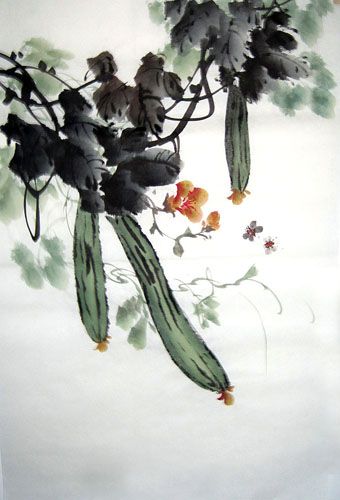
Fruits and vegetables are also mostly cold in nature. Therefore they grow in warm and hot seasons – to cool our bodies during the seasonal climatic heat. Fruits and vegetables that grow in the peak of the summer, such as watermelon and cucumber, or in tropical (all hot) environments, such as citrus fruits, are the coldest. The ones that grow in the fall season on the other hand, such as cauliflower, peppers, pumpkins, etc. have rather neutral even slightly warm nature, as in the fall the heat diminishes and the climate cools down.
Warm and hot are most herbs and foods with spicy flavor such as all members of the onion family, cinnamon, pepper, etc. and most roots such as ginger root, ginseng root, etc. (1) Most meats and animal products are also warm-hot as they are a major source of protein, thus source of energy. Chicken meat is neutral-warm, beef is warm, and lamb is hot (2), the velvet of a deer antler is a warm herb used to restore deficient Yang (body’s warming faculty), etc. (1)
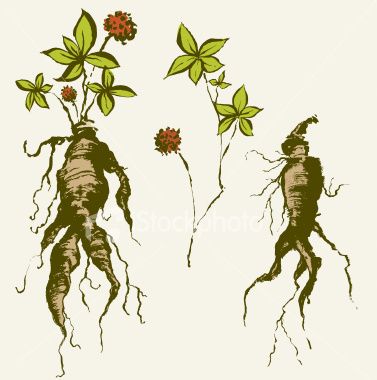
While the temperature of most Materia Medica’s members could be successfully categorized using the above logic there are a lot of exceptions and “out of the rule” cases. Although grass being green is logically to be with cool/cold nature there are grasses in TCM that are so hot that they are toxic. On the other hand spicy foods are logically to be hot in nature yet there are spicy-cold herbs such as peppermint, which are spicy but also cooling. The safest approach to grasp TCM’s Materia Medica is to review each herb, food and spice with its unique qualities, and study its properties independent from too much categorization.
YS
(1) Dan Benski, Andrew Gamble (1993). Materia Medica (Revised Edition). Seattle: Eastland Press, Incorporated
(2) Pitchford, Paul (2002). Healing with Whole Foods. Berkeley: North Atlantic Books
Related Articles:
The Taste of Herbs, Foods and Spices
The Concept of Qi in Chinese Medicine
Yin and Yang in Chinese Medicine
Five Elements in Chinese Medicine
The Seasons and the Five Elements
The Six Climatic Factors and the Five Elements
The Seven Emotions - Internal Cause of Disease
Emotions and Traditional Chinese Medicine
Please read our Disclaimer

